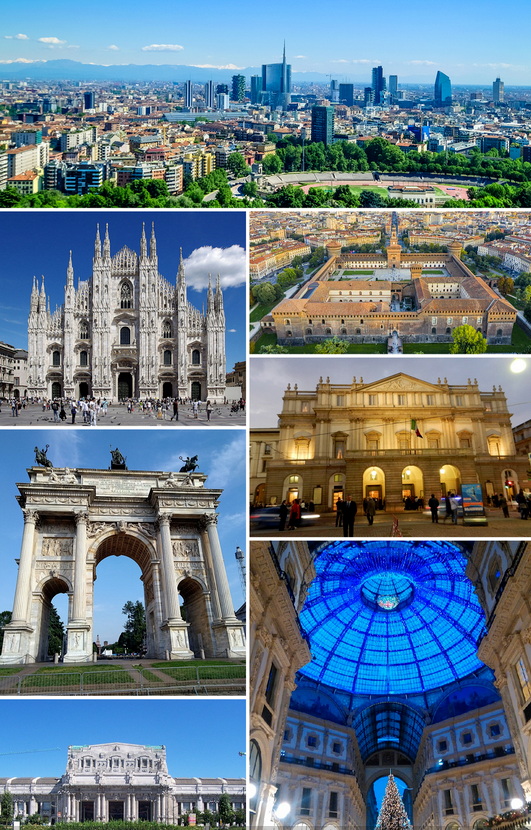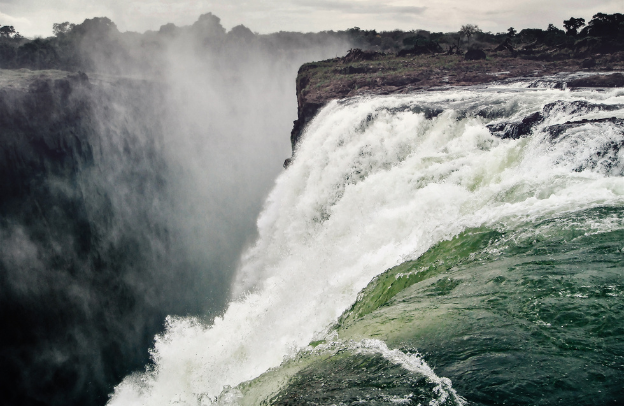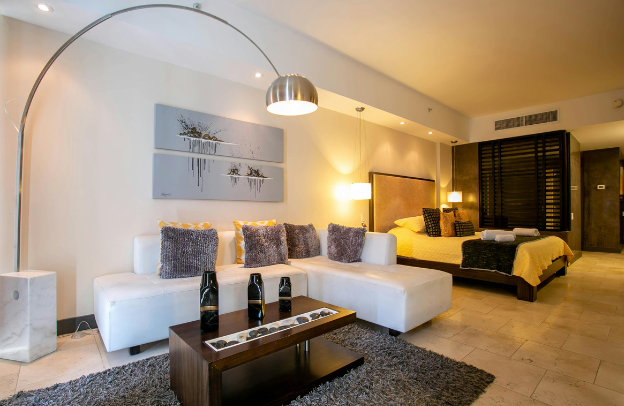Milan Top Visits: History and Tourism In Milan – Italy

Learn why Milan city is a top Italian destination for tourists from all over the world? Welcome to Milan’s top visit: history and travel in Milan, Italy, a series of articles to explore the city of Milan, especially from the point of view of history and travel. Get our free Travel Checklist
History Of Milan City

The city of Milan is one of the most enchanting and historic cities in Italy. Its business-centered nature generally characterizes it, but Milan made a tremendous contribution to the development of modern diplomacy and the unification of Italy.
Milan is known for its myths and historical artifacts and was also one of the first industrialized cities in the whole of Italy.
Historic background of Milan, Italy
The city of Milan is the capital of the province of Milano in the region of Lombardy. It is situated in the extremities of the Po River Valley in the northern part of Italy. Being positioned at the periphery of Italy did not wall the city’s growth to prominence in ancient times.
Milan, Italy, was founded by Belloveso, a Celtic prince in Insubria during the Iron age, roughly around 600 BC. According to a legend, Belloveso dreamt where a goddess came and showed him the land from where the city would rise. While in that dream, he saw a half wooly sow with long wool on its body and adopted it as the emblem of the city.
Milan in Roman times
The city of Milan fell into different governments during its developing days. In 222 BC, it was subdued by a Roman consul Gnaeus Cornelius Scipio.
At this time, the city was renamed Mediolanum, which means “center” consequent to its strategic location in commercial affairs. It enabled the Romans to defend themselves against the Germanic tribe’s attack. Later, it was made the capital of the Western Roman Empire after the empire was classified into Western and Eastern empires.
Milan was also controlled by the Austrian, German, and the Spaniards but later became a Duchy in 1395.
During its status as a Duchy, Milanese contributed to the growth of diplomacy under the reign of Francesco Sforza. The latter introduced permanent diplomacy, which most of the things he introduced are practiced in diplomacy today.
A lot can actually be said of Francesco Sforza. In one article, “Francesco Sforza Did Not Let Family Ties Get in the Way of Business or Keep Him From Fighting His Kin”, available on Historycollection.com, you will read that:
“After becoming a mercenary commander in his own right, Francesco Sforza embarked on a soldier-for-hire career that saw him sign on to fight for multiple Italian rulers. His clients included the Pope, the Neapolitans, and Duke Visconti of Milan.”
Going further in the article, it stated that Sforza who was engaged to the daughter of Milan’s Duke could not be influenced by his romantic affair when it came to taking key decisions in his soldiership affair.
“In 1438,” said the post, “Sforza fought for Florence against Duke Visconti and inflicted crushing defeats on Milan. In 1441, he patched things up with Milan’s duke and finally married his daughter. Two years later, in 1443, he once again switched sides and fought against his now father-in-law.”
So, as a personality, Francesco Sforza was pretty serious about his missions, leading to him founding the Sforza dynasty in Milan and ruling as its duke from 1450 until his death.
The city of Milan

The city has a rich cultural heritage and monuments, most of which were bequeathed to Rome at the unification of Italy in the 19th century. As Rome is recognized as the political heart of Italy, Milan is viewed as the country’s financial pillar. Milan is a heavy boost to the country’s economy through its commercial activities and industrialization.
The city became the alpha of commerce when it established trade relations with the Arabs under their control of the Mediterranean. Milan is generally recognized as the wealthiest noncapital city in Europe because of its GDP that continuously accumulates from commercial activities.
The growth of Milan as the pillar of Italian commerce is traced to its strategic position. The city lies close to the Po River Valley, and it also perfectly connects Italy to the rest of Europe.
Its location to the river allowed for easy transporting of goods across Europe and irrigation canals that helped grow agricultural produce right from antiquity.
Most of its export includes fibers, chemical products, cotton, and wool, which are exchanged with various materials used to produce other goods in the city.
After the second world war, the city’s population accelerated as it became host to immigrants from the impoverished southern part of Italy and other less developed areas in the country.
This rapid immigration in the city was due to its economic advantage, and the sudden increase in population warranted the expansion of Milan city and the urbanization of most countryside of the city.
It was the first city in Italy to develop industries. In the late nineteenth century and the half of the twentieth century, it dominated the mechanical industry by producing different automobiles, railroad equipment, and much more.
Milan is recognized as one of the world’s most fashionable cities. This is traced to its domination by the top brands that produce ready-made clothes. The city’s fashion industry bloomed around the twentieth century as some famous fashion companies were situated in the city; Versace, Missoni, Dolce, Armani, just to name a few.
Milan monument and architecture
Milan is a city rich in history, and there are many monuments and historic places to see around. You can find examples of the architecture that have defined the world over, from the Renaissance period to the present day.
Milan’s landmark is the Duomo or Milan Cathedral. It’s also referred to as the Metropolitan Cathedral-Basilica of the Nativity of Saint Mary, and its Gothic architecture. It is the largest Gothic church in the world with a whopping capacity of 40,000.
Piazza Mercanti is another beautiful squares to see in Milan. The Piazza is located between Piazza del Duomo, (Milan Cathedral), and Piazza Cordusio. The importance of Piazza Mercanti is that it used to be the heart of Milan city in the Middle Ages.
While still in Milan, make sure you visit Milan Central Railway Station, which is one of the largest and most remarkable railway stations in the whole of Europe.
Then, the Basilica of Sant’Ambrogio, San Maurizio Church. There are just so many historic places to visit in Milan city. These are what made Milan a special kind of destination, apart from being the commercial nerve of Italy and one of the richest and most popular cities in Europe.
Key Takeaway from Milan Top Visits: History And Tourism In Mila, Italy
I am sure you will enjoy Milan if you like seeing metropolitan and historic places. Milan is a crowded, busy city that features shops, cafes, restaurants & other attractions to keep you entertained.
Milan is a global hub for design and fashion and home to the nation’s stock exchange. A financial haven with high-end restaurants and a shopping experience. Milan is absolutely a great city to visit in Italy. Enjoy it.
If you find any value in this post, share also with your friends who might need it. Get our Free Travel Checklist for your next trip.






